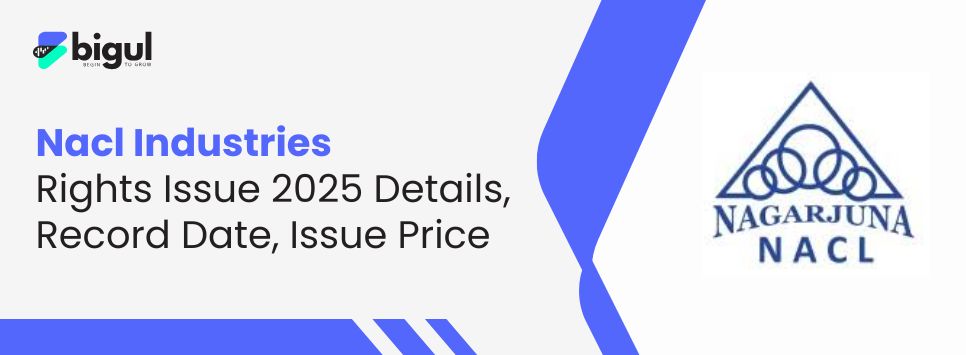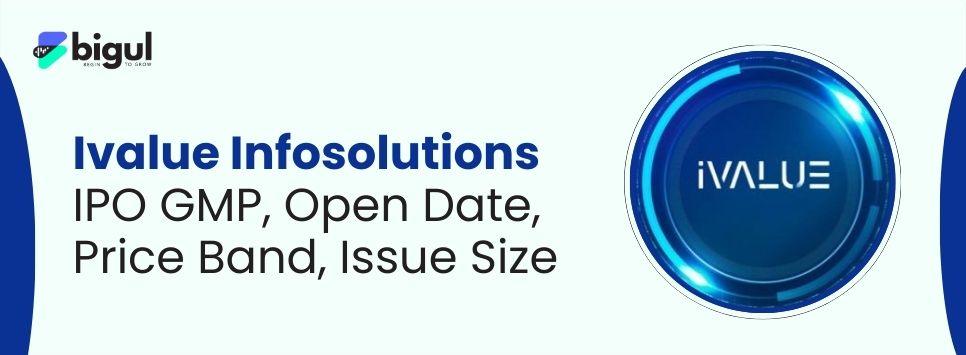The need for technology among investors continues to rise at unprecedented levels.
Several investors exploit what they consider to be perfect market conditions through algorithmic trading to produce superior investment outcomes.
Algorithmic trading performs high-speed automated financial transactions using mathematical modes to execute trades.
This blog examines algo trading system operations alongside its associated risks.
Also Read | How To Design A Reward Function For Trading Scenarios In Algorithmic Trading?
Algorithmic Trading Explained: How It Works
Algorithmic trading uses a predefined set of programs to generate and execute orders in the market. Orders come from institutional investors, funds and trading desks of big banks and brokers. These statistical, mathematical or technical models help to identify opportunities and make the investors make an informed decision.
The main objective of algo trading is not necessarily to maximise profits but rather to control execution costs and market risk. Large institutional investors heavily depend on algorithmic trading because they deal with a substantial number of stock holdings.
Algorithmic trading allows computers to process mathematical models that carry out pre-programmed market orders.
Types of Algo Trading
Algorithms are used extensively in various stages of the trading cycle. We can classify them into pre-trade analytics, execution stage, and post-trade analytics.
Depending on their usage, algorithms can also be broadly classified into agency trading algorithms, proprietary trading algorithms, and high-frequency trading (HFT) algorithms.
Execution Algorithms - Execution algorithms mean to systematically split a larger order into many smaller orders based on the available liquidity. These amounts are often larger than what the market can absorb without impacting the price.
For instance, the weighted Average Price (TWAP) algorithmic strategy will break an order into many smaller equal parts and execute them during the trading day, normally at 5-minute intervals.
Another example is the Volume Weighted Average Price (VWAP) strategy, which will estimate the average volume traded for each 5-minute interval the order is traded using historical trading information, with the ultimate goal of splitting the order into smaller pieces based on an average-weighted volume.
Proprietary Trading Algorithms - Proprietary trading (also "prop trading") occurs when a trader trades stocks, bonds, currencies, commodities, their derivatives, or other financial instruments with the firm's own money, as opposed to depositors' money, so as to make a profit for itself.
Proprietary Trading algorithms are typically used with strategies that involve directional bets on the markets – Net Long or Short, depending on the market direction.
Within this subset, we have Momentum, Mean Reversion and Trend Following strategies. Another popular set of strategies is called Spread strategies or Market Neutral (both Long/Short) is also part of this suit of algorithms.
HFT Algorithms - High-frequency trading (HFT) is a subset of automated trading. Here, opportunities are sought and taken advantage of on very small timescales, from nanoseconds up to milliseconds. Some high-frequency strategies adopt a market-maker-type role, attempting to keep a relatively neutral position and proving liquidity (most of the time) while taking advantage of any price discrepancies.
Other strategies invoke methods from time series analysis, machine learning
and artificial intelligence to predict movements and isolate trends among the masses of data.
SEBI's Stance on Algo Trading: Key Rules to Know
Algo trading started in India after SEBI implemented DMA facility regulations through a 2008 circular, which granted institutions direct market system links through broker facilities without manual broker execution.
As the first guidelines pertaining to algo trading, SEBI introduced them through Circular No. MRD/DP/09/2012 dated March 30, 2012.
The stock exchanges were required under the SEBI 2012 Circular to set up mechanisms for system and procedural load management, which would sustain consistent timing for all brokerage operations.
According to the stock exchanges' directive, both orders and appropriate risk control mechanisms were necessary to manage risks which might emerge from such orders and trades.
Before offering algo trading services to their clients, stock brokers needed to obtain authorisation from the stock exchange.
Stock brokers need to implement minimum risk management protocols for price, quality, order value and cumulative open order value and automated execution checks as part of their trading operations.
Regulatory Updates: SEBI's New Proposals Explained
SEBI published a discussion paper titled 'Algorithmic Trading by Retail Investors' on December 09, 2021, to introduce changes in algo trading procedures involving Application Programming Interface (API) usage and trade automation through API mechanisms (SEBI 2021 Discussion Paper).
The investors received their API interface from stock brokers to execute automatic trading operations.
The online curated platforms were facilitating automation through two features: investor strategies created by themselves and application programs available for use.
Brokers succeeded in detecting orders that originated from an API but could not differentiate between algorithmic and manual orders due to this system.
Stock exchanges failed to approve the algorithm trading strategies that these online platforms delivered to their users.
Meanwhile, the recent circular released by SEBI on Feb 4, 2025, titled Safer participation of Retail Investors in Algorithmic Trading, states that:-
The new framework will address key concerns like market manipulation, lack of transparency and unauthorised access to trading systems. The primary objectives are:
1. Regulation of API-Based Algo Trading
2. Brokers' Enhanced Responsibilities
3. Registration of Algo Providers
4. Categorization of Algorithms
SEBI has provided a phased implementation plan to allow market participants sufficient time to adapt:
Framework Finalization: By April 1, 2025.
Regulation Enforcement: From August 1, 2025.
This timeline ensures a smooth transition for brokers, exchanges, and algo providers.
In 2025, the framework should be used by traders and should refer to training materials.
They will have to collaborate with a broker to ensure compliance with the prescribed regulatory information to be protected, and the trader will have all the necessary information to be more inclusive and innovative to maintain compliance and take advantage of opportunities.
Conclusion
It is evident that SEBI and the stock exchanges have been putting efforts into safeguarding the interests of investors while promoting algo trading.
With an increased interest of the retail and institutional investors in the public market, it becomes consequential for all the stakeholders to participate in the growth and development of the algo trading regime in India so that none of the parties' interests get compromised in the process.
Also Read:
- Is Algorithmic Trading Safe for Investors
- Top Algo Trading Software for Beginners
- Start Algo Trading Using Python | Complete Guide by Bigul
- Mastering Algo Trading: Strategies for Success in Automated Trading

.jpg)






.jpg)
.jpg)
